Collaboration
Teachers can collaborate with their students using multiple web tools including Microsoft Teams inside the classroom! This allows teachers to interact better with students and allow them to learn more effectively. Teachers are also able to keep better track of students’ progress and their grades.

Microsoft Teams
Microsoft Teams has allowed teachers to keep track of students’ reading progress. This is a helpful way for teachers to see where their students are at with their reading.

You can check out @mtholfsen ‘s tweet about it here
Microsoft Teams has also created a course for teachers to take so they can fully use teams to their advantage and use it in their classrooms effectively with their students. @MSEduCentral had made a tweet about this to make teachers aware of this tool. Using this tool will also save teachers a lot of time inside their classrooms.
Check out @MSEduCentral ‘s tweet here
See more information about Microsoft Teams here

Thanks for checking out my blog!
Collaboration In Education
by Tiffany Imparato

This week as a class we focused on the importance of collaboration and how it will be beneficial in creating our own PLNs. We are all aware of the high burnout rates for teachers and having a PLN to support and collaborate with is extremely valuable to both the educators and those they teach. Thankfully today we have many resources that allow teachers to collaborate virtually from anywhere. Teachers can use platforms such as Skype, Zoom, and Twitter to connect with fellow educators to support and share information to better their classrooms experience. The idea of collaboration can start as simple as connecting with fellow teachers in our your school environment to connecting with educators across the globe via blogs, social media, and many other resources. While searching Twitter I came across a valuable blog called Microsoft Education Blog that focuses on various concepts and support. Below I have shared a video of Heather Duncan-Whitt speaking about her own personal journey in teacher and how she learned the importance of seeking support outside the walls of her classroom.
Heather Duncan-Whitt
Collaboration – Minecraft & Minecraft: Education Edition

Minecraft is an incredible technology tool that can be used in the classroom.
Digital Citizenship
Minecraft helps students build their digital citizenship and professionalism. When playing, students must use teamwork and verbal and digital communication skills to reach their goals. These goals could be a variety of things. Students could be working towards building a building, solving a puzzle, or playing minigames on an online server. They can build effective communication skills through play.
Conflict Resolution
Playing Minecraft allows students a relaxed social setting to explore conflict resolution techniques. While developing their effective communication skills, students may become easily frustrated that things are not playing out in their favor or going their way. Students are then forced to collaboratively find a solution to resolve their communication before they can finish their original task.
Minecraft: Education Edition
In 2016, Minecraft: Education Edition was released, opening even more possibilities for teachers and students. This edition grants teachers access to hundreds of lesson plans involving Minecraft based on common curriculum. Students can conduct science experiments, tell stories, and learn how to code all in one edition.
Click here to see a more in-depth guide to this edition of Minecraft.
The Process of Intentionally Choosing Educational Technology in Schools

In this article, we learn about the process of how schools choose what technology is worth having in the classroom. Today, this is more relevant than ever. With the last year of COVID-19 and the switch to virtual learning, teachers and students were exposed to many new educational technologies. Unfortunately, under the circumstances, there was not much time able to be put into discussing what to use. This year however, with in person classes resuming, teachers are able to intentionally choose what technologies they would like to use in their classrooms. There are many factors that go into making these decisions for a school district, some of which are discussed below.
What is Educational Technology?
Educational technology is any technological tools and/or media that are used to facilitate in the teaching process.
Some examples include:
- learning games and stimulants
- educational videos
- live streaming
- tablets / computers
- 3D printing
- and MANY MORE!

How Schools Decide the Best Technology for their District
- This process begins by considering the desired outcome, which comes from the objectives of both the district and the educators.
- Ed tech leaders, teachers, and librarians discuss their technology needs.
- These conversations then make their way up to Administration.
- Decisions are made about which technology best fits the objectives and outcomes of the district and educators.
“Districts will be able to find the right technology when the decision-makers and end users mutually understand the goals and learning objectives. “
(Rebecca Torchia Twitter Rebecca Torchia is a web editor for EdTech: Focus on K–12. Previously How to choose K–12 educational technology intentionally)
What Can Make These Decisions Difficult
- When decision makers and educators are not on the same page, or when administration does not understand how the technology will be implemented in the classroom.
- COST! School districts have budgets they need to stick to, sometimes the associated costs, such as professional development that may be needed fr the new technology, can put these items over budget.
Blog Post 2- Collaboration- Tatianna Competello
This week we are writing a blog post on the topic of Collaboration. My understanding of the word collaboration is, a place of work where people come, and work together for the same reason or goal that they are working towards to benefit a purpose. In other words, this is when a place of business or a school wants to come together and work on a project that will benefit everyone around them. As always there are several skills that are needed when collaborating. The most important skill for this task is to make sure everyone is on the same page. The best way to do this is to gather some ideas about the topic you are working on and make sure everyone agrees with what is being said.
A few examples of collaboration would be working on shared documents, video calls, working on a community project, etc. Collaboration can be used in many ways such as in school. For example, teachers and parents can work together to help support their student’s learning in better ways. The teachers can create group chats for the students’ parents on apps such as Microsoft Education and this way the teachers can communicate with the parents and see what the best way for their children to learn is. This is also a great idea of collaboration because the teachers can keep the parents updated at all times. I think it’s a great idea for the parents to feel wanted and involved at all times. I am taking two classes this semester that include collaboration. Every week in my group I am assigned a few questions I have to answer with my group members and then post our answers in a group discussion for everyone else to see. We pick a day and a time every week to meet on Zoom as well, that way we can speak to each other face to face. After we post our answers, we can interact with people from other groups and see if they have the same ideas we do. This is a great way to explore new ideas and look at the topic from different perspectives.
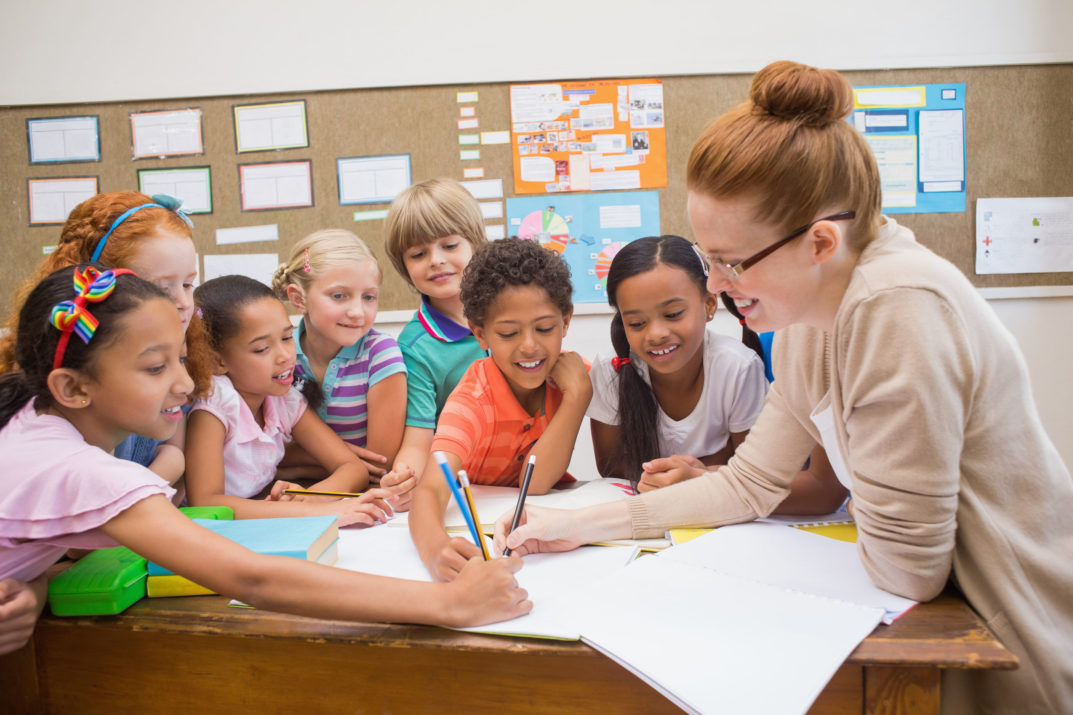
Learning Language Education Through Interactive Games
Have you ever got a child to buckle down and start memorizing flashcards? Even better having a group of pre-teens attention for more than ten minutes? Sometimes learning through interactive games and “out-of-the-norm” stratagems can quickly and adversely be quite the learning curve that is needed to give the advantage in a learning environment.

The potential Benefits of Interactive Learning
The Learning of a new language should be natural. We are taught a language from birth to roughly around the time we are eighteen months to two years of age. After that what we learn is from our environment and our need to develop. after this development, we have to in a sense start from scratch. Not many students have the will nor the need to learn a language not similar or custom to their household or their learning environment. to do this believe interactive games are a necessity.
Here is a video on interactive Spanish Games in a Classroom
Here are three of my favorite games And different approaches to utilize them as a classroom tool
As I mentioned before learning a new language can be difficult and feel unnatural to most. Learning should be fun, entertaining, and sometimes competitive. games can be used to make learning more relaxed, especially when in a classroom setting where some students might feel pressured to pronounce words or phrases in front of others. when playing games with others you can learn from each other in a fun exciting way naturally.
Spanish Bananagrams
This really is my favorite way to mix words up! Language needs to be played with and just having a way to mix up your vocabulary can really help your base knowledge of a language.
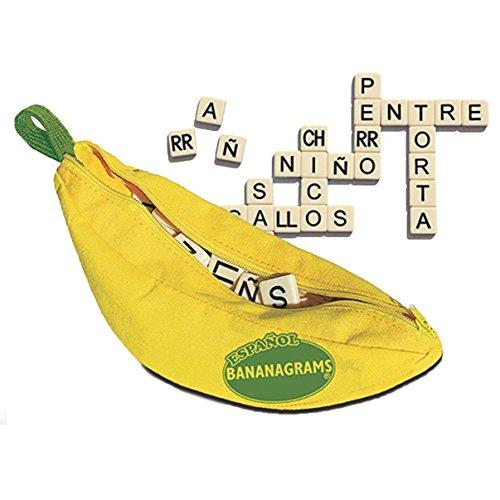
Spanish Pictionary
Pictionary can be played many different ways from beginner to expert level as the time can really apply pressure. Learning words and drawing them out for others to guess can be fun and educational at the same time. I personally love this game as some may be the opposite of artistic like myself and can really have the energy of the room going.
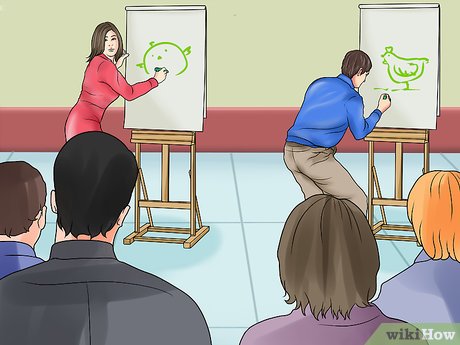
Manzanas con Manzanas
Apples to apples is a fun exciting way to combine words phrases and adjectives to complete sentences and really learn some basic Spanish. This game is definitely basic level Spanish as some beginner’s knowledge is necessary to play the game outright. this game is excellent to help students elaborate Spanish phrases as making sentences can be fun and sometimes comical.
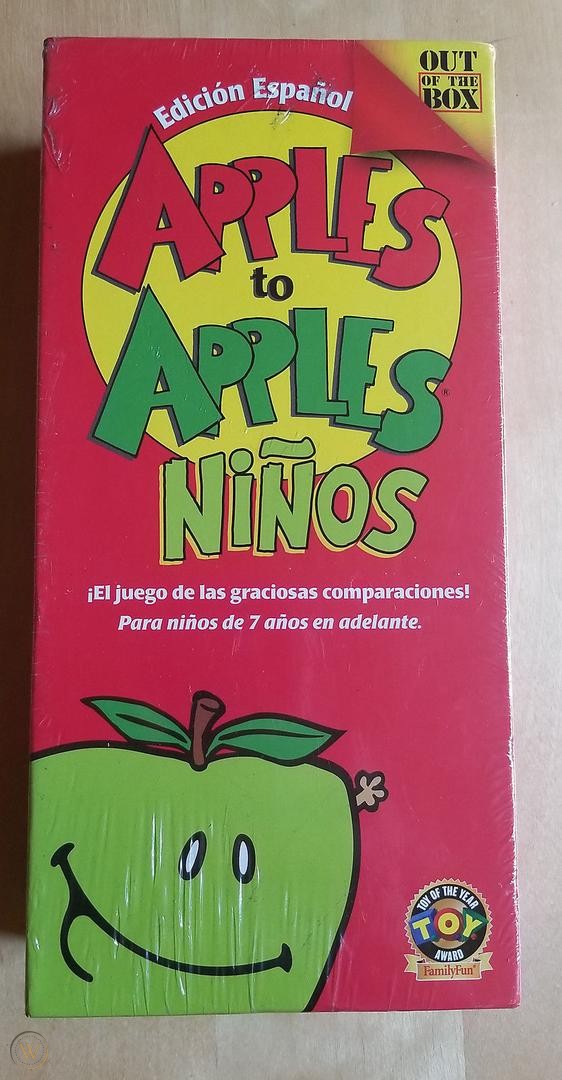
“Manzanas to narajas”
Make learning fun!
I hope you all enjoyed my blog and utilize tools that we normally wouldn’t. Make learning fun and enjoyable. Language learning should feel natural in a class setting and sometimes you have to use tools and tricks to make students feel comfortable when using and learning a new language. Thank you all for your time and I’m looking forward to your feedback.
Follow me for more: @Ishell96962555
Are Traditional Examinations Fit for purpose?
With finding research topics that revolved around global education I had came across an article created an Educational Specialist, Aisha Khan that focuses on if the purpose of an exam/assessment is necessary in the education system.

What is the reason behind taking assessments?
The purpose of taking assessments is to track one’s ability to perform. Being able to track down what skills that students may excel in or need improvements, as well as according to their progress in grasping the task that is being taught to them.
What are some arguments pertaining to exam taking?
The common issue when it comes down to taking an form of test-taking is that it shouldn’t be used to determine one’s ability to perform because there are other ways to show progress. Another reason would be that children and adults sometimes struggle under pressure in working environments causes a challenge for them. Every student isn’t the same, everyone develops in a different way when it comes down to learning things as well as moving at their own pace. It is a constant issue on deciding if it was best to take away testing or limit the amount of test-taking or keeping it the traditional way and use test-taking to keep track of things.
Khan’s Opinion
Aisha Khan implies that perhaps having assessments through real-life experiences, physical exams, and projects can help aid to students and creating opportunities for them to gain from. Meaning less of struggling in trying to process this being taught. Providing opportunities for students to be able to be free and learn in ways that may work for them as well as focusing on giving support to students that individuals could possibly need in classrooms.

I thought this very important to touch on and speak about test-taking as it is often talked about from both positivie and negative sides of things
Thank you for reading!
follow me on twitter @aaliyahmcruz ! 🙂
Gimkit: Advances made through technology

https://www.lasecundaria.org/2019/10/gimkit-game-changer-for-your-classroom.html
https://www.edutopia.org/article/10-teacher-picks-best-tech-tools
Last school year, to keep the kids interested in learning, a tool named Gimkit. This online game is where students answer questions and raise their money if the answers are correct. They can attack another student’s bank, freeze their screen, and more with the money they earn.
Certain school districts used this program as students had the option of staying home, and it improved her reactiveness time when answering questions. Teachers could make their Gimkit up for their students, no matter the subject. This game had a timer. If time ran out before you got to the amount of money that was the goal, it was okay. This game reviews what you know and what you will be learning, so teachers would say it is okay if you don’t know the answers; try your hardest.
The teacher will make an account create the answers and questions then set the questions to repeat. Afterward, the teacher can make groups for the students to participate together. Gimkit is a more straightforward setup for teachers as they guide teachers step by step through the entire process. Gimkit uses larger fonts, making fewer errors on the teacher’s part.
To play Gimkit, teachers access their Gimkit on a dashboard, choose play, and make sure they open the correct group, then post the game on the board. Students join and play as a group, individually, or as teams. There is an amount of money earned by each correct answer, and the teacher also determines that. As you get the answers right, that bank of the money goes up, but you start over if you get an answer wrong.
I feel that this is essential when it comes to online learning. Kids are more expressive and learning or reviewing subjects according to what they know in school. There are language barriers we must face now in the school, and this is program will help students start to understand each other in that sense. Gimkit is an app that focuses on concentration, silliness, and preparation for future studies.
Pros:
- Teachers will know where a student’s strengths and weaknesses lie.
- The teacher designs the information for lessons learned in class.
- Kids can play this game individually or on a team.
- There are many boards that children can play on; examples are plants vs. zombies or lava floor.
- There are five easy steps to get into the game.
- Teachers can get feedback on what students know.
- Students became more expressive and vocal when learning online amongst their peers.
- Like in video games, there are power-ups, and depending on the amount of money you receive, you can freeze a person, slow them down, or take some of their money away.
- They make things fun and are not so competitive.
- They try different tools for learning.
- You can make your Gimkit ahead of time and click on the one you want the children to work on for that specific day.
- They have unique boards; an example would be The Floor is Lava, Humans vs. Zombies, and they trust no one based on the internet game Among Us. In humans vs. zombies, everyone’s score is constantly decreasing. If you are a human, you will have to keep the humans alive by getting questions right to bump the human’s health. There is an infinity mode where you need to gather the infinity stones and many other boards.
- The floor is lava helps the students to cooperate so everyone can stay above the lava.
- Gimkit can be used in different languages and reads the questions if you have a hearing impairment.
Cons:
- There must be more than one player for most boards.
- In a class, you can only choose one board and have a certain amount of players examples of some boards are human’s vs. zombies or imposters; it is a hard choice as some students want to play different boards.
- I humans vs. zombies, everyone’s score is constantly decreasing, so games are more challenging.
- Some students may not have an interest or think it is too dull.
- Depending on the amount of money you must earn, and how much each question is worth, it becomes more challenging for students.
- The hidden mode makes students frustrated and angry; they do not know where they are in the leader board, not knowing who to freeze or help.
Is It Time To Rethink Traditional Examinations?

“Everybody is a genius. But if you judge a fish by its ability to climb a tree, it will live its whole life believing that it is stupid.” Albert Einstein (possibly)
While we are not sure if this was a line uttered by Einstein or not, we have certainly reached a point in the world of education in which we are starting to understand how this quote is eerily descriptive of the traditional examination assessment structure. This article explores various concerning trends seen in the world of education and how they relate to a failure in adapting to the needs of modern students.
What are the issues?
In recent years, trends of mental health issues and unemployment rates among young people in their late teens and twenties speak to the lack of preparation many feel as their traditional schooling ends.
While in school, students are increasingly struggling with the traditional forms of education and assessment. This is leading to an increased need for additional private tutoring and support, which is not universally accessible.

What does the future hold?
The Global Pandemic has dramatically altered the landscape of education worldwide. There have been countless innovations that have emerged out of necessity and many will be carried on, even into a post-pandemic world. Author Aiysha Khan implores us to use our creativity and continue educational innovation. She hopes we can improve our forms of assessment and adapt our curriculum to the needs of individual students. This is something we should all work towards.
Thanks for reading! If you like what you read (or don’t like what you read) let me know! @PatrickWCrowell
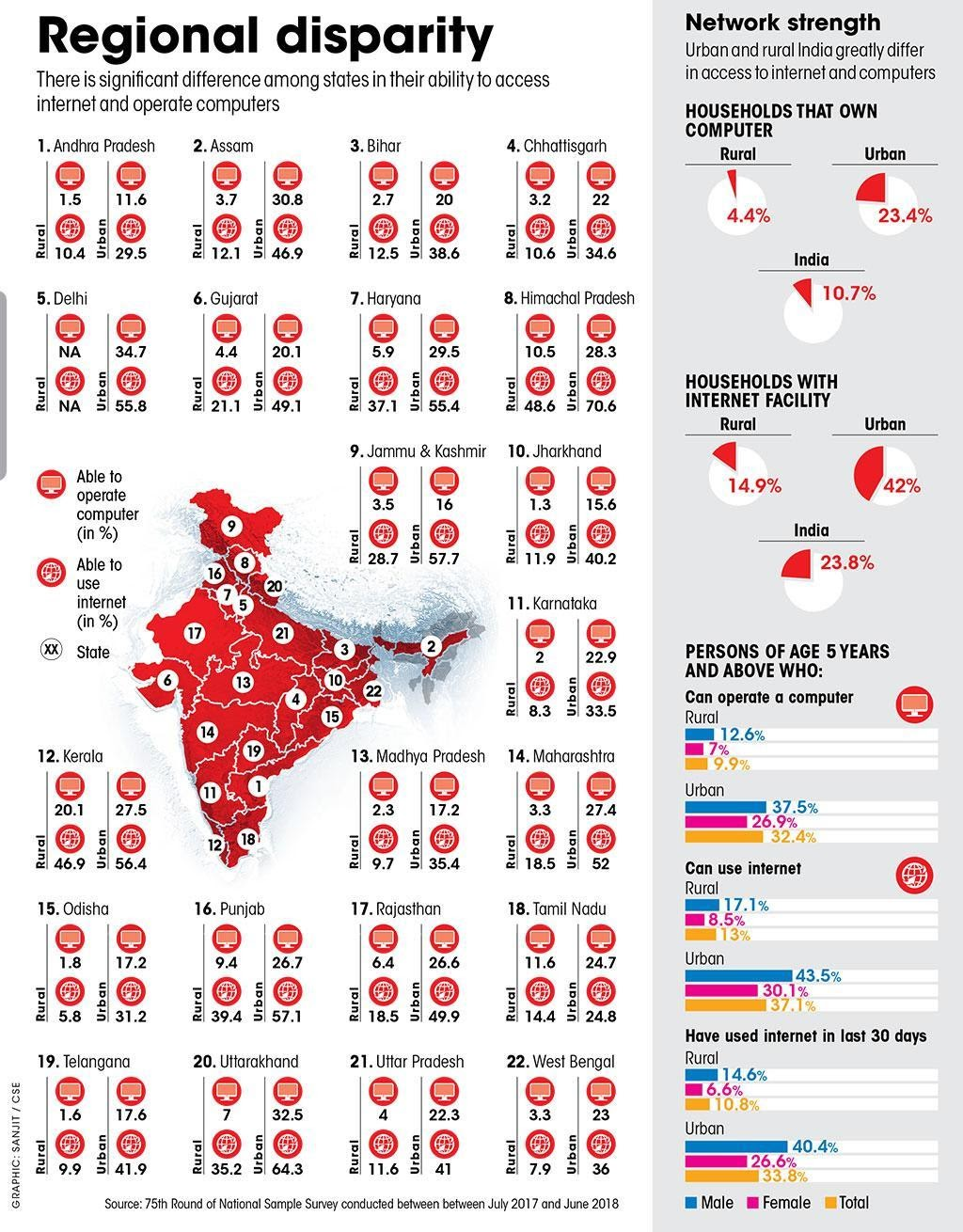
Recent Comments